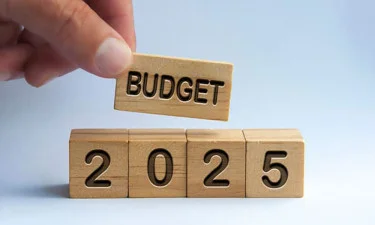Islamabad, 5 June 2025: FY25 Growth fell short of expectations in Pakistan, with the economy expanding by 2.7 percent in the fiscal year 2024–25, undershooting the official target of 3.6 percent.
The shortfall has been primarily attributed to a significant downturn in major crop yields, according to a briefing paper prepared for the Annual Planning Coordination Committee (APCC).
Unpredictable weather patterns and input-related constraints severely impacted agriculture, particularly staple crops.
Cotton output dropped by 30.7 percent, while wheat production declined by 8.9 percent, contributing to a 13.5 percent overall contraction in key crops. The agricultural slump weighed heavily on the broader economic outlook.
READ MORE: Rs. 4 Trillion Development Budget Proposed for Next Year
In contrast, FY25 Growth was partially buoyed by a revitalized industrial sector, which expanded by 4.8 percent. The rebound was largely driven by a notable 28.9 percent increase in utility services, including electricity, gas, and water. Construction activity also rose by 6.6 percent, reflecting renewed infrastructure spending and housing demand.
However, large-scale manufacturing often seen as a bellwether for economic vitality contracted by 1.5 percent, under pressure from sluggish activity in industries such as chemicals and steel, signaling lingering weaknesses in consumer demand and export competitiveness.
The services sector provided modest support to FY25 Growth, recording a 2.9 percent rise, an improvement from 2.2 percent the previous year.
READ MORE: Agriculture Slows, Industry and Services Drive FY25 Growth
Gains were strongest in public administration, which surged 9.9 percent, while information and communications technology expanded by 6.5 percent. The financial services sector also posted a steady 3.2 percent growth rate.
Looking ahead, government planners are forecasting a 4.2 percent economic growth rate for fiscal year 2025–26. The optimistic projection hinges on a hoped-for rebound in agriculture, a revival in manufacturing activity, and continued momentum within the services sector.









